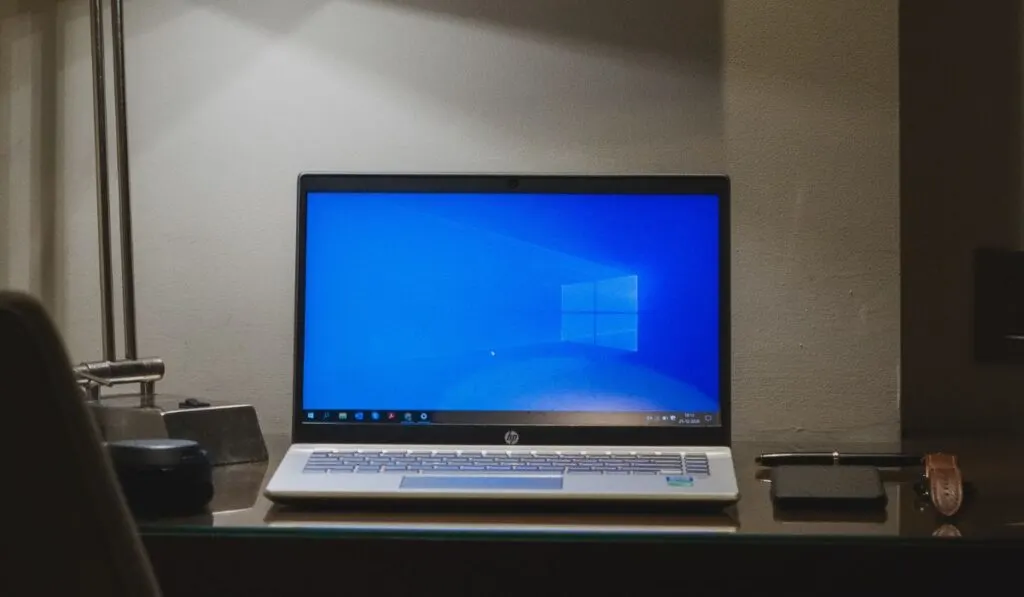Although most people keep their laptops on for days or weeks at a time, it can be helpful to give it a reboot every now and again. And even if you don’t consciously decide to restart it, your laptop may encounter a problem and require a refresh in order to function properly.
How you reboot a laptop depends on the brand. For MacBooks, click the Apple logo in the top left corner and select ‘Restart.’ On Windows laptops, you can go to the ‘Start’ menu in the bottom left, find the power options, and choose ‘Restart.’ You can also press and hold the power button.
Let’s take a closer look at how to reboot your laptop depending on which brand it is, as well as why you might need to do so.
Why Would You Need to Reboot a Laptop?

There are a few reasons you might need to reboot your laptop, especially if you’re used to keeping it on all the time. They include the following:
A Software Update
After downloading and installing a software update, you’ll usually have to reboot your laptop in order for the update to take effect. If you don’t, the laptop may be unusable at worst, or the old software may just be stuck in place at best.
A restart after an update may take a bit longer than usual, so don’t worry if that’s the case.
Settings Changes
Some settings changes also won’t take effect until the laptop has been restarted. If you change a setting on your laptop and it doesn’t seem to have worked, restarting the laptop should fix the issue — though most laptops will let you know that you need to restart for certain changes.
Running Slower Than Usual
If your laptop has been on for a long time, you may notice that it’s running slower than usual. This is usually due to a build up of programs and files in the background that keep running because they were never closed down, draining the computer’s energy.
Freezing and Crashing
A more extreme version of the laptop running more slowly than usual is when it freezes and crashes. In this case, you may have to force a reboot if you can’t manage to click the restart button.
How to Reboot a MacBook
You can reboot a MacBook using the following steps:
- Access the Apple menu by clicking the logo in the top left of the screen.
- Choose ‘Restart.’
- When prompted, agree to shut down all open programs.
Troubleshooting Tips
If the above method doesn’t work, there may be programs open that are preventing a restart. Click the Apple menu again, and this time choose ‘Force Quit.’ That should bring up a list of programs that are open and you can force them all to close. If you can’t access the menu, try pressing option + command + esc instead.
If you still can’t get the laptop to restart, force a reboot by holding down the power button (usually on the top right of the keyboard).
How to Reboot a Windows PC

Follow these steps to reboot a Windows PC:
- Open the Start menu on the bottom left.
- Choose the power options.
- Choose ‘Restart.’
Troubleshooting Tips
If you run into any problems, press Ctrl + Alt + Del, which will open up the options screen. You can then choose the Power icon in the bottom right hand corner, and from there, you can force a restart.
If this doesn’t work, you can hold down the power key, but this should be a last resort.
Is a Reboot Different From a Factory Reset?
The term ‘reboot’ is often conflated with ‘factory reset’ because they both sound like the same thing, but it’s important not to get the two confused.
A reboot simply means restarting the computer. Unless you have something you haven’t saved on the screen, like a Word doc or an open photo editing program, everything should remain as is when you restart. The settings should all be the same, and you won’t be missing any data.
A factory reset is different and is usually only done on computers that have problems or are being sold. This involves bringing the computer back to its factory settings and deleting all data. Unless it’s been backed up, you would lose all files on the computer, and a factory reset can’t be undone.
It also takes much longer than a reboot, which should take only a few minutes. A reboot is ideal for fixing minor problems, whereas a factory reset is for fixing larger ones that have happened over the course of the computer’s life.
All in all, it’s healthy to reboot your computer once in a while, especially if it’s experiencing some problems. Some glitches, such as a program not starting up, your computer running slowly, or other bugs, can be fixed with a simple reboot. It also helps to clear out all of the programs you’ve been running and allow your computer to start fresh and run optimally.
